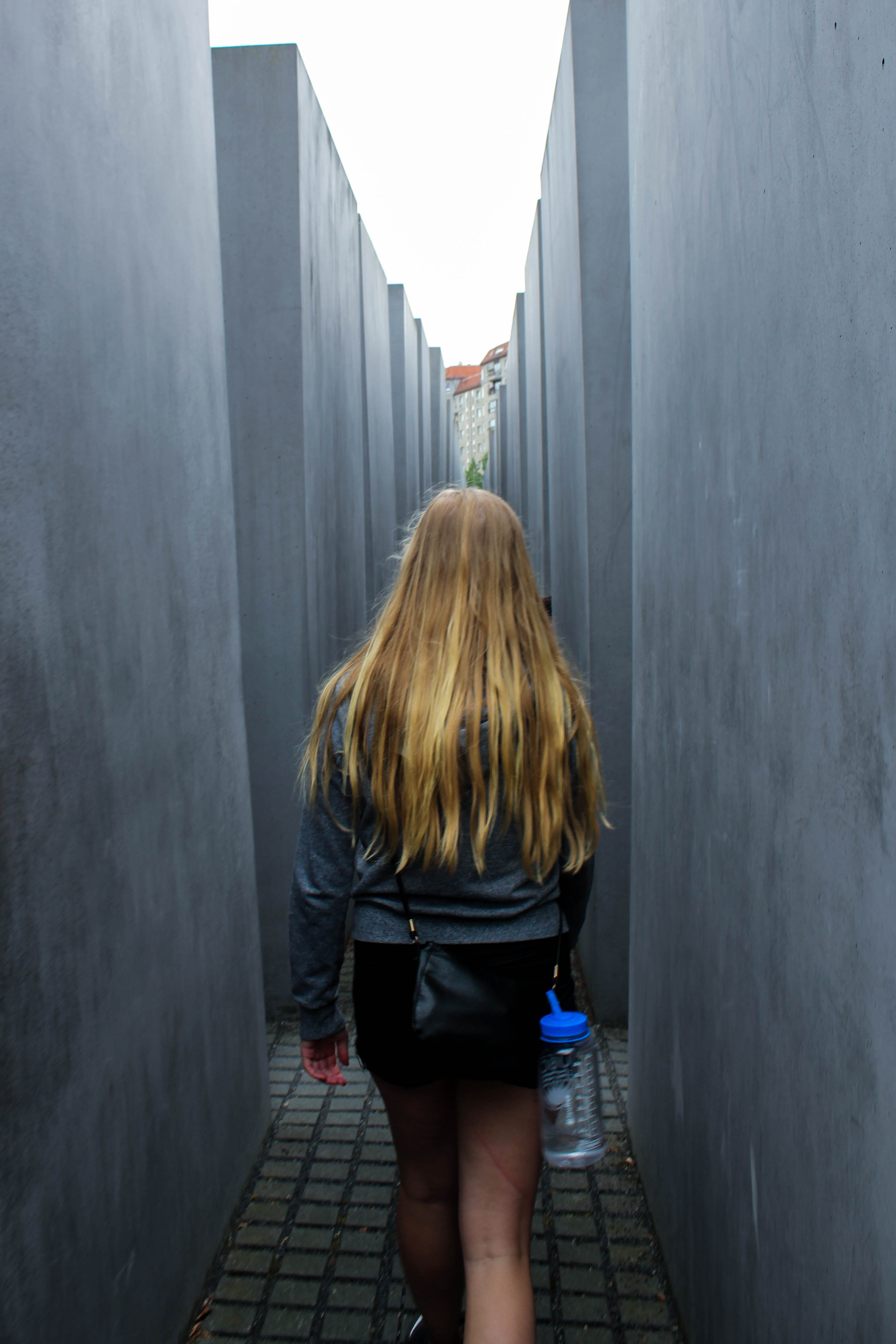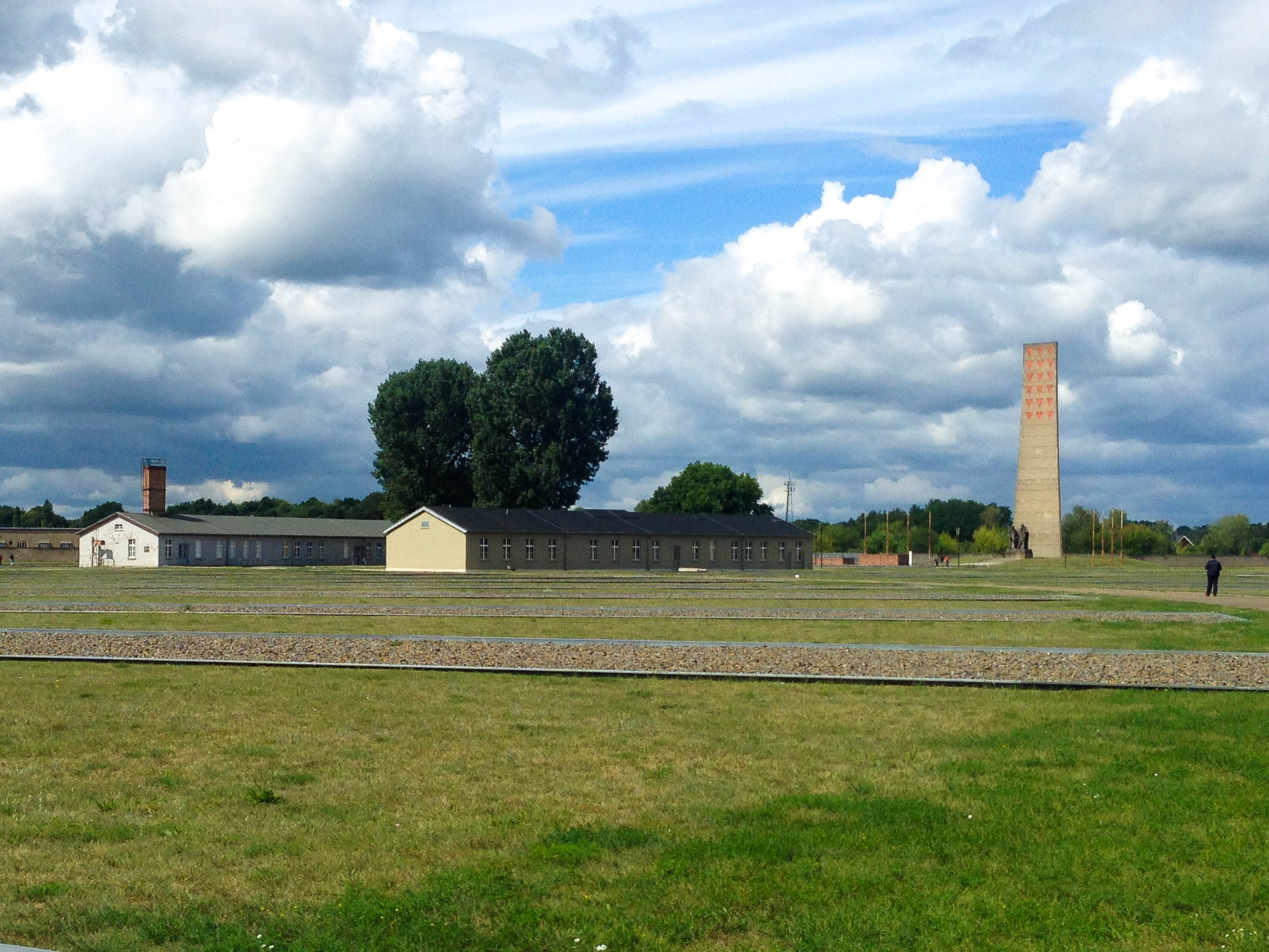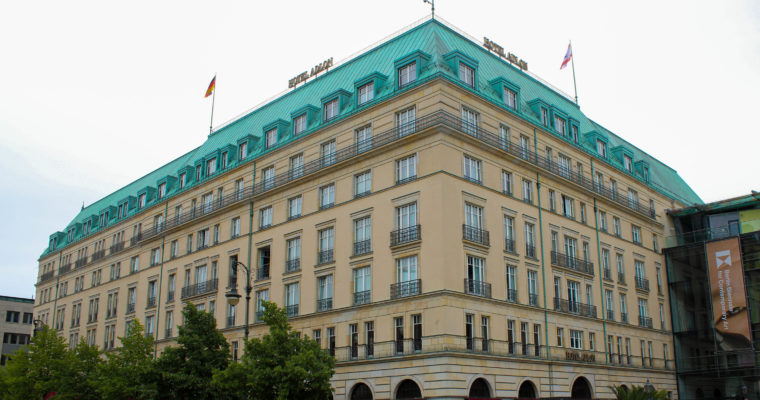August 8th-11th, 2016


On our first full day in Berlin we did a free walking tour around the city. Everything about the city and its history is centred around WWII. Practically the entire city had to be rebuilt.


When we weren’t learning about WWII we were learning about the years following with the Berlin wall. Our guide did a wonderful job telling the story of how the wall ended up coming down in 1989. Essentially, the spokesman for East Berlin’s Communist Party went into a press interview and was caught off guard when someone asked what would happen about all the protests about the wall. He didn’t have an answer prepared so he looked into the confidential section in his notes and he somehow disclosed that the wall would come down. When the reporters asked him when he panicked and the first time frame he came up with was “immediately.” So people poured out of their homes and went to the wall. The guards had no idea what was happening but eventually just let people through. After the tour Katie and I went to go look at the Eastside Art Gallery and spent the evening talking over pierogies and beer.


The next day, we had decided to visit Sachsenhausen, which was one of the original central concentration camps during WWII. It was a 45 minute train ride outside Berlin. It was a somber day but extremely important to see, to learn about, and to remember. We saw where prisoners were lined up by the clock tower to be counted twice a day, which took hours even in the winter. We saw the wooden beds prisoners slept on, three to a bed. We saw the pit where guards would open fire on prisoners. We saw Building Z where the Nazis set up a fake doctor’s office where prisoner’s would stand to get their height measured and be shot in the head from behind all so the guard killing them wouldn’t have to see them. The prisoners worked 11 hour days, had six hours of roll call, got as few as 1100 calories a day, and essentially no sleep. Many died outside in the cold or from starvation.

Despite all this I think the most frightening thing about Sachsenhausen was the mind games the Nazis used. Everything that happened was fueled by fear. No one in the town said anything even when it smelled like burning bodies and ash rained down. The SS guards that didn’t want to work in the concentration camps were given the alternative option of going to the front line- essentially death. The prisoners wore a triangle which signified their “reason” for imprisonment. The Jews wore a different colour than the disabled who wore a different colour than gay men and so on. The prisoners were set up to isolate one another. The gate at the front of the concentration camp said “Work will set you free” so all the victims would have a small sliver of hope. They wouldn’t give up and they wouldn’t riot together because of the small bit of hope that if they stayed in line they’d make it out.
